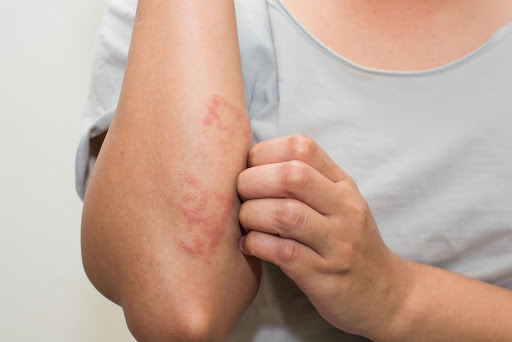DERMATITIS

Dermatitis is a general term that describes a common skin irritation. It has many causes and forms and usually involves itchy, dry skin or a rash. Or it might cause the skin to blister, ooze, crust, or flake off. Three common types of this condition are atopic dermatitis (eczema), seborrheic dermatitis and contact dermatitis.
Dermatitis isn’t contagious but can make you feel uncomfortable and self-conscious. Moisturizing regularly helps control the symptoms. Treatment may also include medicated ointments, creams, and shampoos. It’s time to make an appointment when you’re losing sleep or distracted from your daily routines, your skin becomes painful, skin looks infected, and self-care tips are not showing results.
SCHEDULE A CONSULTATION
If you’re thinking about next steps, get in touch to schedule a consultation.


